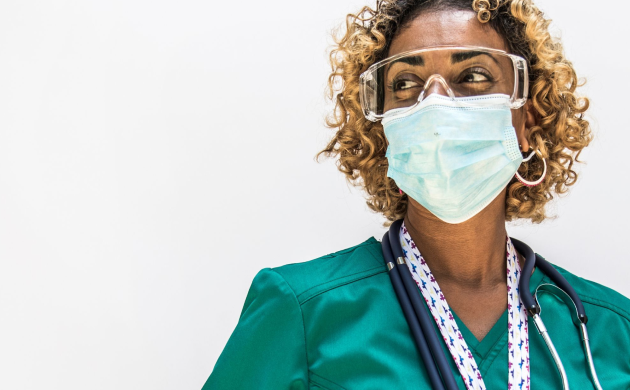
How long does poison ivy last? What to expect and how to heal faster.
If you’ve ever brushed up against poison ivy, you know how irritating it can be, literally. That itchy, red rash has a way of sticking around long after your hike or backyard cleanup is over. But how long does poison ivy last and is there anything you can do to make it go away faster?
Most poison ivy rashes aren’t serious and clear up on their own, but they can still make you pretty miserable while they last.
In this article, we’ll break down what poison ivy actually is, how long the rash typically sticks around and what you can do to soothe your skin and speed up healing.
What is poison ivy and why does it cause a rash?
Poison ivy is a common plant found throughout much of the U.S., especially in wooded areas, fields and even backyards. It’s easy to spot once you know what to look for. Its leaves grow in clusters of three, which is where the saying “leaves of three, let it be” comes from.
The real problem comes from an oil called urushiol (pronounced you-ROO-shee-ol), found on the plant’s leaves, stems and roots. This oil can trigger an allergic reaction that causes an itchy, red rash.
You don’t need much contact to have a reaction. Just a brush against the plant can be enough. And urushiol can stick to clothing, pet fur, gardening tools and even smoke from burning plants, spreading the rash without direct contact.
In fact, about 50% to 75% of U.S. adults are sensitive to poison ivy, oak, or sumac. Even brief contact can lead to a full-blown rash. The oil can also linger on clothing, pet fur and tools, making it easy to spread without you even realizing it.
Where poison ivy tends to grow (and why it’s closer than you think).
Poison ivy isn’t just a deep-woods plant. It grows in a wide range of environments: wooded trails, suburban yards, city parks and fence lines. Even in more developed areas, it can show up in places you might not expect: along sidewalks, behind sheds, or near walking paths where vegetation is dense.
Because it thrives in both sunny and shady areas, poison ivy is common throughout much of the Northeast, including areas with a mix of urban and green space.
That makes it especially important to stay alert if you're spending time outdoors, whether you're gardening, hiking, or just enjoying a local park.
How long does a poison ivy rash typically last?
Poison ivy rashes don’t show up right away. In most cases, symptoms begin within 12 to 48 hours after contact with the plant. The rash often starts as redness and itching, then may develop into small blisters or swelling.
So, how long does poison ivy last?
For most people, the rash lasts about one to three weeks. In mild cases, it might clear up in a week. But for more sensitive skin or larger exposures, it can take up to three weeks (or sometimes longer) to fully go away.
Treating poison ivy quickly is important, especially in kids, who may be more likely to scratch and develop an infection. Learn more about managing poison ivy in children, including how to prevent future flare-ups.
Here’s a general timeline of what to expect:
- Days 1-3: Redness, itching and bumps begin to appear.
- Days 4-7: The rash may blister and become more irritated.
- Week 2: Blisters start to dry out and scab over.
- Week 3: The rash begins to fade and heal, although some itching may linger.
If the rash spreads, becomes very swollen, or lasts longer than three weeks, it’s a good idea to visit your local CityMD for evaluation and relief.
Can you make poison ivy heal faster? Yes, here’s how.
While poison ivy usually clears up on its own, there are a few things you can do to relieve the itch and help your skin heal more quickly.
Here are some tips to speed up recovery:
- Wash the area right away. If you think you’ve touched poison ivy, wash your skin with soap and cool water as soon as possible. This can help remove urushiol oil before it sinks in.
- Avoid scratching. Easier said than done, but scratching can open the skin and increase your risk of infection.
- Use over-the-counter treatments. Anti-itch creams (like hydrocortisone), calamine lotion, or oatmeal baths can help soothe irritation.
- Apply cold compresses. A cool, damp cloth can reduce swelling and calm itchy skin.
- Take antihistamines. Oral antihistamines like diphenhydramine (Benadryl) may help reduce itching, especially at night.
If the poison ivy rash spreads, gets especially painful, or shows up on your face or near your eyes, it’s time to see a doctor. At CityMD, our providers can offer stronger relief, like prescription creams or oral steroids, so you can feel better faster.

We’re ready to care for you.
Visit any CityMD urgent care location in your community today for an evaluation with one of our expert providers.